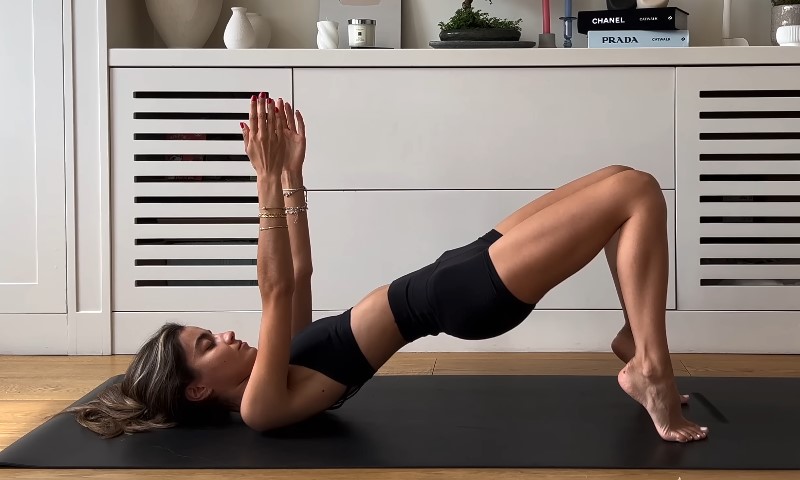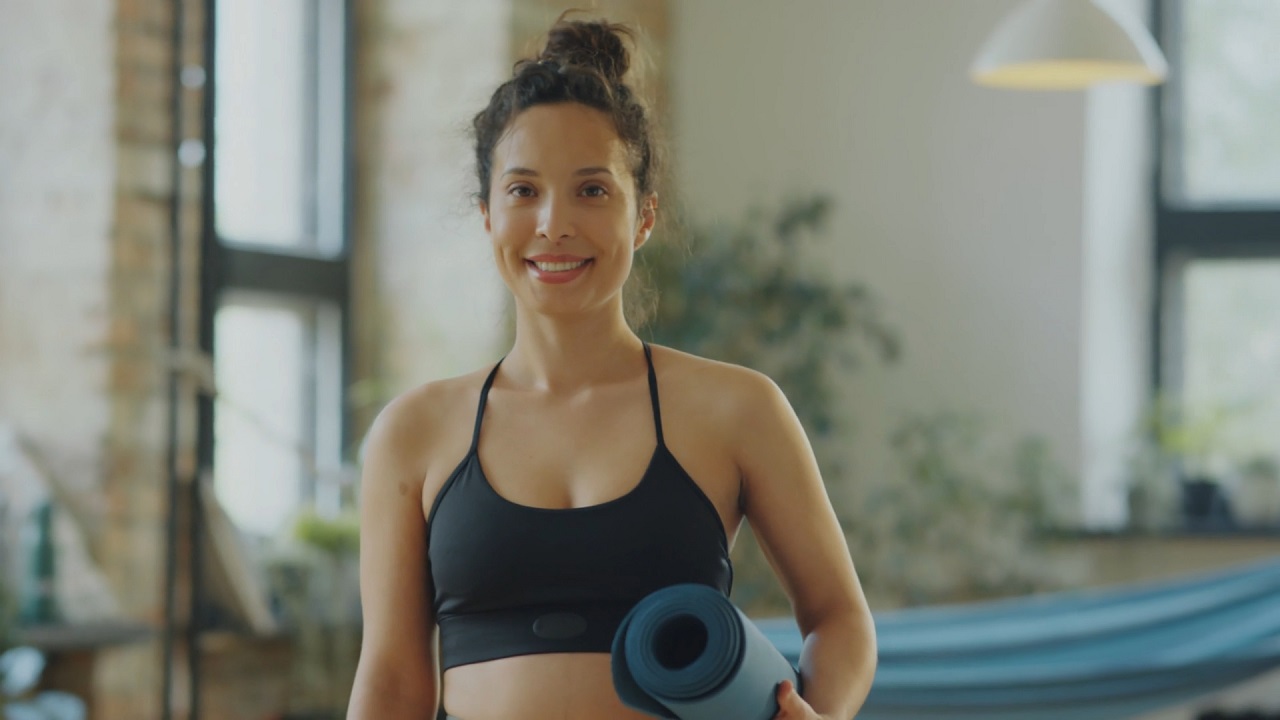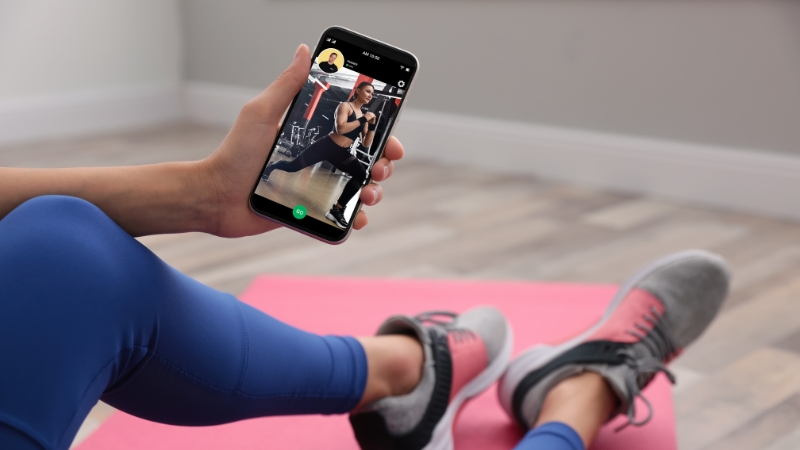
Share Post:
Let’s be real for a second: getting into a workout routine can be tough, especially when it feels like there are a million exercises to learn. If you’re like me, you’ve probably seen people at the gym doing bent over lateral raises and wondered, “Am I doing that right?”.
This exercise, while highly effective for building strong, toned shoulders, can be a bit tricky to master. And that’s exactly why we’re here. Think of this as a friendly guide, just like a chat with your best friend who’s really into fitness. By the time you finish reading, you’ll feel ready to nail this move with confidence and perfect form.
Table of Contents
ToggleFollow These Steps
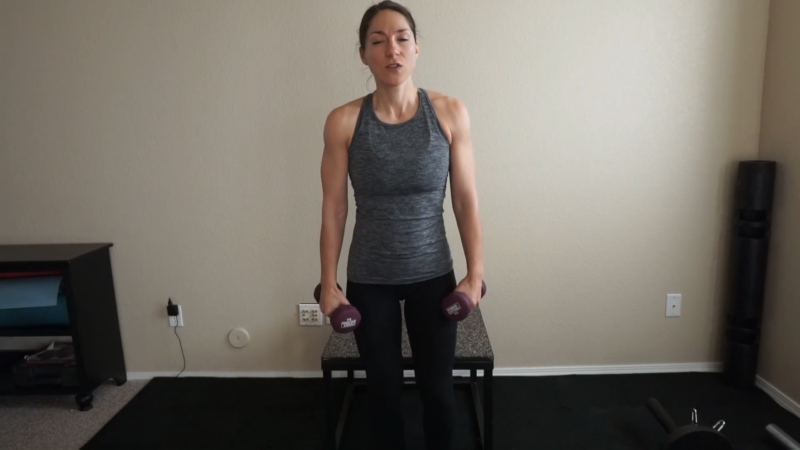
To really nail your bent over lateral raise form, you need to understand how it works. It’s not just about throwing weights around – it’s about controlled, focused movements that hit the right muscles.
Step 1: Get into Position
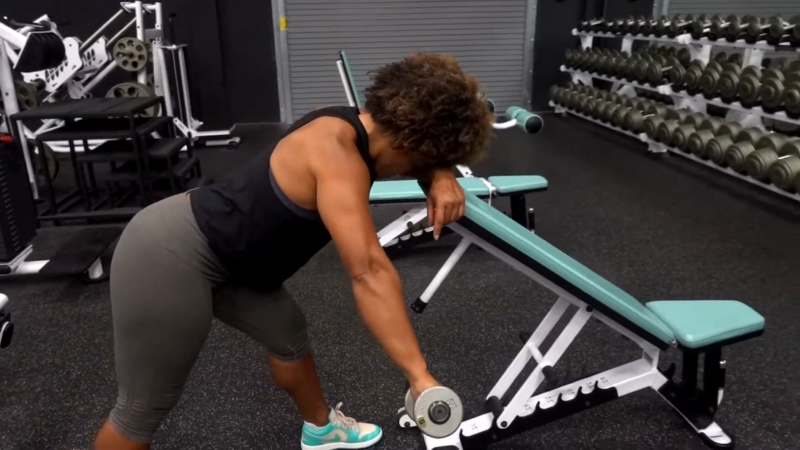
| Step | Description |
|---|---|
| 1. Establish Your Base of Support | Stand with your feet shoulder-width apart. Ensure you feel stable and balanced, as this will serve as your foundation throughout the exercise. |
| 2. Select Appropriate Weights | Hold a dumbbell in each hand, starting with a lighter weight than you think you need. Focus on maintaining proper form over lifting heavier weights prematurely. |
| 3. Hinge at Your Hips | Bend your knees slightly and push your hips back, lowering your torso until it’s almost parallel to the floor. Keep your back flat, not rounded, and engage your core. |
| 4. Assume the Starting Position | Let your arms hang straight down from your shoulders with palms facing each other. This is your starting position before performing the exercise. |
Step 2 – The Raise
@hayleymadiganfitness Try Bent Arm Lateral Raises instead 💪🏼 #weighttrainingforwomen #lateralraise #upperbody
| Step | Description |
|---|---|
| 1. Engage Your Rear Deltoids | As you lift the weights, focus on pulling your shoulder blades together and down. This helps ensure that the movement comes from your shoulders, not your traps or lower back. |
| 2. Lift Your Arms to the Side | With a slight bend in your elbows, raise the dumbbells out to the sides, keeping them in line with your shoulders. Move in a wide arc, maintaining your arms perpendicular to your torso. |
| 3. Stop at Shoulder Height | Raise the weights only to shoulder height. Lifting higher can shift the work away from your rear deltoids and put strain on your neck and traps. |
Step 3: The Lowering Phase
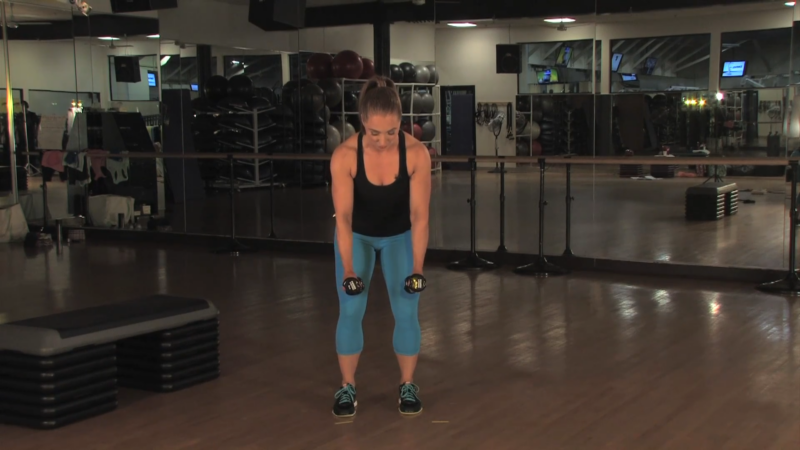
Lowering the weights is just as important as lifting them. This is where you can really focus on controlling the movement.
- Lower the weights slowly and with control. Don’t just let gravity do the work. Take your time lowering the dumbbells back to the starting position, keeping tension in your muscles the entire time.
- Keep your core tight. As you lower the weights, make sure your core is engaged, and your back stays flat. This will protect your lower back and help you maintain good form.
- Repeat for the desired number of reps. A good starting point is 10-12 reps for 3 sets, but listen to your body and adjust as needed.
Here’s a table based on the provided shoulder routine:
| Exercise | Sets | Reps | Description |
|---|---|---|---|
| Warm-Up | |||
| Arm Circles | – | 2 minutes | Perform large and small circles to activate shoulders. |
| Light Dumbbell Shoulder Press | 2 sets | 15 reps | Use light weights to warm up shoulder muscles. |
| Standing Dumbbell Shoulder Press | 4 sets | 8-12 reps | Focus on controlled movements for shoulder strength. |
| Bent Over Lateral Raise | 4 sets | 10-12 reps | Target the rear deltoids by bending over and lifting weights laterally. |
| Front Dumbbell Raise | 3 sets | 10-12 reps | Raise dumbbells to the front to target the front deltoids. |
| Dumbbell Lateral Raise | 3 sets | 10-12 reps | Lift dumbbells to the side to engage the side deltoids. |
| Face Pulls (Cable Machine) | 4 sets | 10-15 reps | Use a cable machine to pull towards your face, targeting rear deltoids and upper back. |
| Cool-Down | |||
| Shoulder Stretches | – | 5 minutes | Perform gentle stretches to relax and elongate shoulder muscles. |
This routine ensures that all parts of your shoulders are targeted, with a special focus on the rear deltoids. Remember, consistency is key, so aim to perform this routine 1-2 times per week for the best results.
Don’t Overlook the Following Mistakes
Here are some common mistakes and how you can avoid them.
Using Too Much Weight
It can be tempting to grab the heaviest dumbbells on the rack, but this exercise is all about control, not brute strength. Using too much weight often leads to swinging or using momentum, which takes the focus away from the rear deltoids and can strain your lower back.
Start light. Seriously, there’s no shame in using 5-pound dumbbells if that’s what allows you to maintain perfect form. As you get stronger, you can gradually increase the weight.
Not Engaging the Core
Your core plays a crucial role in stabilizing your body during the bent over lateral raise. If you’re not engaging your core, you’re putting unnecessary strain on your lower back, which can lead to injury.
Before you start the exercise, take a moment to engage your core. Imagine pulling your belly button in toward your spine. This simple step can make a big difference in protecting your lower back.
Rounding the Back
A rounded back is a recipe for disaster when it comes to any exercise, and the bent over lateral raise is no exception. This mistake often happens when people don’t hinge at the hips correctly or try to lift too much weight.
Focus on your hip hinge. Push your hips back and keep your back flat. If you’re unsure about your form, practice in front of a mirror or ask a trainer for feedback.
Lifting the Weights Too High
When you lift the weights higher than shoulder level, you shift the focus away from your rear deltoids and onto your traps. This not only makes the exercise less effective but can also lead to neck and shoulder strain.
Concentrate on lifting the weights only to shoulder height. If you find it challenging to stop at the right point, try doing the exercise in front of a mirror or with a partner who can give you feedback.
Letting Momentum Take Over
If you’re swinging the weights or using momentum to lift them, you’re missing out on the benefits of the exercise. This often happens when you’re using too much weight or rushing through the reps.
Slow down. Focus on a controlled, steady movement, both on the way up and on the way down. Remember, it’s better to do fewer reps with perfect form than more reps with poor form.
If You Want to Challenge Yourself…
Once you’ve nailed the basic form of the bent over lateral raise, you might be ready to mix things up with some advanced variations. These variations can add new challenges to your routine.
1. Single-Arm Bent Over Lateral Raise
This variation is a great way to focus on each side individually, helping to correct any imbalances between your left and right rear deltoids.
How to do it:
- Perform the exercise as usual, but with one arm at a time.
- You can either let your free hand rest on your knee for support or let it hang by your side.
2. Bent Over Cable Lateral Raise
Using cables instead of dumbbells can provide constant tension throughout the entire range of motion, which can be more challenging for your muscles.
How to do it:
- Set up a cable machine with a low pulley.
- Stand in front of the machine and grab the handle with one hand, crossing your arm in front of your body.
- Perform the lateral raise as usual, but focus on the tension throughout the movement.
3. Seated Bent Over Lateral Raise
The seated variation eliminates the possibility of using momentum from your legs, making it a bit more challenging.
How to do it:
- Sit on the edge of a bench with your feet flat on the floor.
- Bend forward at the hips and perform the lateral raise as usual, but focus on keeping your back flat and your movements controlled.
4. Bent Over Y-Raise
The Y-raise is a variation that involves lifting the weights in a Y-shape, which targets the rear deltoids and also engages the traps and rotator cuff muscles.
How to do it:
- From the bent-over position, instead of lifting your arms out to the sides, lift them at a 45-degree angle so that your body forms a Y shape.
- Keep the movement slow and controlled, and focus on the muscles between your shoulder blades.
Wrapping It Up
We can all agree that sometimes the gym can feel like a chore, especially when you’re working on perfecting form rather than just lifting heavy. But sticking with it is crucial for seeing progress. With the tips and techniques outlined in this guide, you’re well on your way to perfecting your bent over lateral raise and getting the most out of this powerful exercise.
Related Posts:
- How to Perfect Your Box Squat Form - A Step-by-Step Guide
- How to Perfect Your Sumo Squat Form - A Step-by-Step Guide
- Cable Lateral Raises for Beginners - Ultimate Guide 101
- Incline Hammer Curls 101 - Learn The Proper Form & Tricks
- 12 Ways To Feel More Confident In Your Body Without…
- Cajun Dip Dressing - How to Make the Perfect Sauce





